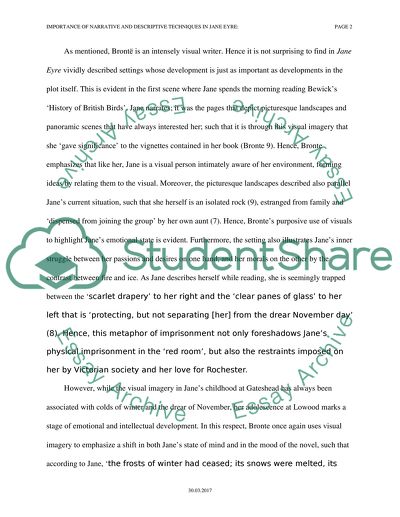Cite this document
(“Jane Eyre by Ch. Bronte Essay Example | Topics and Well Written Essays - 1250 words”, n.d.)
Retrieved from https://studentshare.org/literature/1511131-jane-eyre-by-ch-bronte
Retrieved from https://studentshare.org/literature/1511131-jane-eyre-by-ch-bronte
(Jane Eyre by Ch. Bronte Essay Example | Topics and Well Written Essays - 1250 Words)
https://studentshare.org/literature/1511131-jane-eyre-by-ch-bronte.
https://studentshare.org/literature/1511131-jane-eyre-by-ch-bronte.
“Jane Eyre by Ch. Bronte Essay Example | Topics and Well Written Essays - 1250 Words”, n.d. https://studentshare.org/literature/1511131-jane-eyre-by-ch-bronte.


